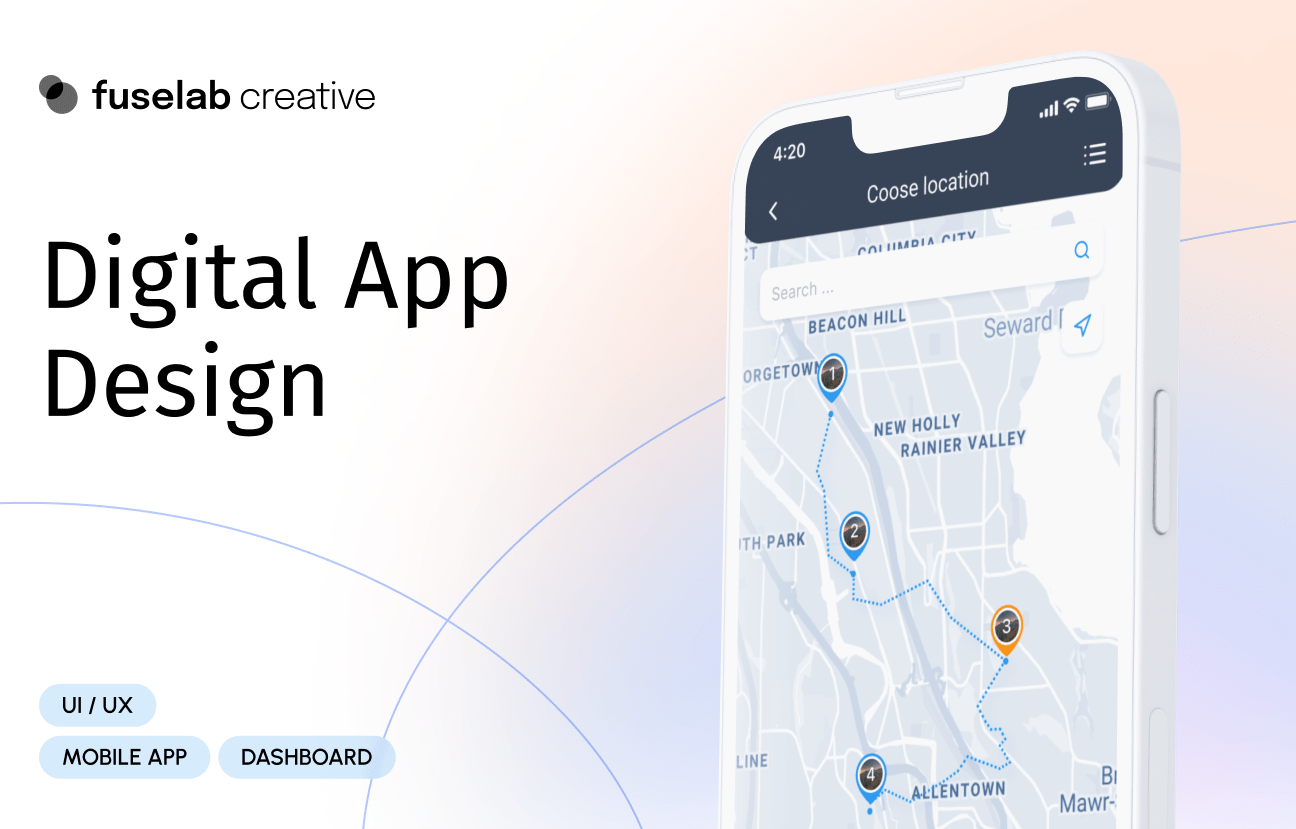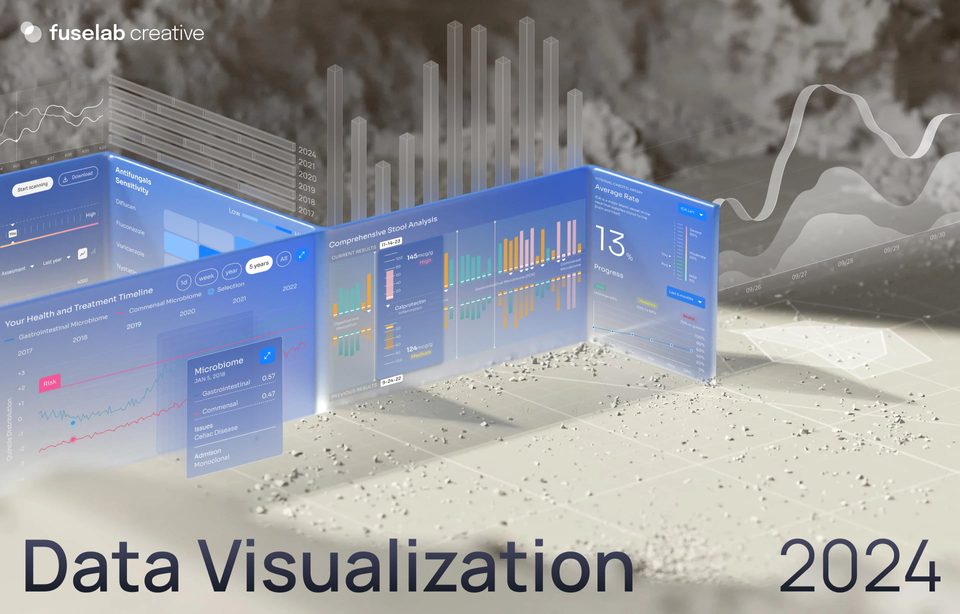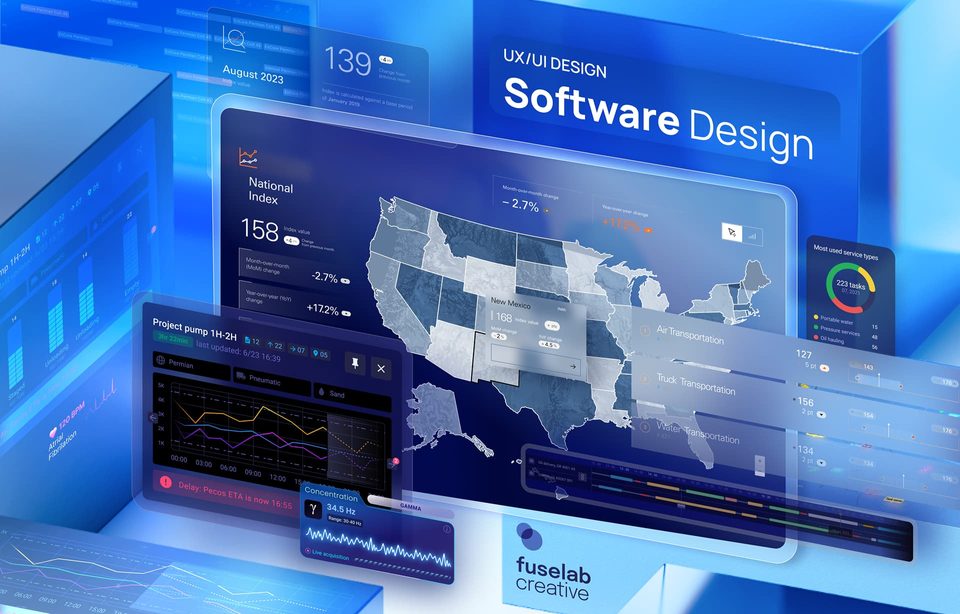The Challenges of Application Redesign and Case Study

Digital Application Redesign
Remember the first time you heard “there’s an app for that”? Chances are, it was longer ago than you realize. The Apple ad campaign tagline was copyrighted in 2010 and had been used for at least a year before that as the Cupertino tech giants began revolutionizing the cellphone industry. The idea of the “app” as a cultural phenomenon is nothing new — it’s not even from the last decade.
What are we getting at here, exactly? Well, in this age of digital transformation, it’s easy to get distracted by ticking boxes and going through the motions. Yes, modern businesses need branded apps and tailor-made software products, but this is not the ‘endgame.’ Instead, companies need to constantly reappraise, redesign, refresh, and revamp their applications, ensuring that these pieces of software are still suitable for their ultra-competitive landscape. Just deploying an app is not enough — you need to ensure your applications go above and beyond for your users, delivering the kind of UX they could only dream of a few years ago.
Redesigning and improving existing apps are vital steps as you make sure your software is fit for your specific purposes. But app redesign process steps pose a lot of challenges especially for unique cases like a mobile app redesign project. In this article, we’ll explore some of these challenges and look at how to execute your redesign.
What Is Digital Product Redesign?
Digital product design services usually involve either an entire overhaul or a refresh of an existing digital product. You already have an application that is serving your clients, customers, or internal business users, and you do not necessarily need to go back to the drawing board and come up with something entirely new. Instead, you can opt for an interface redesign, add extra features, or re-organize and refresh the app content and functionality to meet your users’ growing demands.
While the product redesign definition is simple, the project itself can take several forms. For example, you may want to bring brand consistency to a suite of apps that have become outdated, providing a common user interface and aesthetic palette between each one.
Product Redesign Examples: App Redesign UX/UI Case Study 1
Google famously did this with their UX redesign project for their G-Suite apps, achieving better consistency between separate offerings like Gmail, Docs, and Drive, among others. This web application redesign changed the minds of a lot of users. The team behind G-Suite identified that clients were using these individual products together as a unified whole, essentially achieving a full office and productivity suite from Google — yet the applications looked and behaved like different products. Bringing the apps together under a more consistent brand umbrella reinforced the idea that Google could provide a complete set of solutions to outperform competitors such as Microsoft Office.
Alternatively, you may wish to streamline the user experience of your app.
Product Redesign Examples: App Redesign UX/UI Case Study 2
One of the most popular music streaming apps around, Spotify, is consistently updating and refreshing its menus and feature layouts to target specific design problems. These updates are intended to provide a far more streamlined and intuitive flow that is also easy on the eye. Spotify provides a useful UI redesign case study, as this is among the most widely used apps in the digital landscape. Its ease-of-use interface is a crucial differentiator between Spotify and competitors such as Deezer or Amazon Music. Speaking of Amazon, it has been reported that the central Amazon shopping platform pushes new code to the site approximately every 60 seconds, to constantly improve the user experience.
App UX Redesign Challenges
Take a look at some of the key challenges most experience during a redesign of an existing digital product.
Identifying What to Change and What to Keep
Introducing this article, we touched on the idea of “ticking boxes” and “going through the motions.” An app redesign should be neither of these things. Never redesign your app just to achieve a new look or shake things up. Instead, think about specific problems or areas of friction for your users, and base your redesign project on solving these issues. If something works well, keep it — if another aspect is not pulling its weight, change it. We know, we know, this is easier said than done, believe us, we know, as a digital product design agency, we are helping others make these decisions every day. We also know that now more than ever apps with a bad UX will most likely struggle to remain competitive, as is the case with any poorly designed products.
Leveraging Device Features
Smartphones, tablets, and personal computers are highly powerful devices nowadays, with incredible features that your app can leverage. For instance, your app can use location data to refine geo-specific features or utilize the powerful camera of the modern smartphone for image and video capture.
Of course, users will need to opt-in and allow these interactions with device features, but this still gives web app design and mobile app design and developers a lot of scopes when they redesign an app. Problems can arise, however, if too many permissions are required. Users may get tired of allowing the app to access multiple features or may not even realize that such permissions are required. Both situations impact the usability of the app. This also is why strategic development of specific requirements for product redesign can be the difference in a successful or unsuccessful effort.
Retaining Brand Consistency
There are many different apps out there, and lots of these apps work wonders for their users. With this in mind, it can be tempting to copy the framework, structure, or other elements from competitor apps and utilize these within your software. However, while taking inspiration from other applications and pieces of software can be useful, you certainly don’t want to copy, as this often leads to a loss of control over your brand consistency and ultimately a muddled overall visual experience for the user.
Brand consistency must remain at the heart of the process when you encounter apps that need to be redesigned. This means more than just attaching your company logo to the software — it means delivering an experience your users will recognize as high quality and associate with your business. Not confirming brand consistency through the design process will only lead to an increased cost to redesign an application at a later date.
How Much Does it Cost to Redesign an App?
Managing Costs
As with any project, you will need to keep a close eye on costs as you start your web or mobile app redesign project. It’s almost impossible to say outright how much it will cost to employ UX/UI design services in a redesign effort. While the cost to redesign an existing app vs. the cost to design a whole new app is likely to be far lower, prices can still vary hugely. This kind of redesign project could cost anywhere between $30,000 to $130,000 or even more for larger-scale projects. Let’s take a look at some of the cost components that contribute to the price.
- The nature of the redesign — Is the project a cosmetic one, or do you need to redesign the functionality and features of the app as well? The latter will generally be more expensive.
- The proportion of useful components – how much of the original app will you be keeping, and how much must be redesigned?
- The proportion of in-house work – do you have skilled personnel who can handle some of the work, or will all the redesign work be handled by an outsourced team?
- Prioritizing certain features can help derive what needs to be part of the minimum viable product (MVP), and what are simply “nice to have” features and functions, but not actual deal-breakers.
Revamping an App at the Right Time
Choosing to revamp an app at the right time can be a significant challenge. Redesign the app too early, and you risk disruption by essentially taking a serviceable app offline during the process. Redesign too late, and you may be providing a poor experience to your users, and ultimately losing users/customers who may never choose to return.
Why Redesign A Product: Good Reasons For Product Redesign
When should you redesign your app? Take a look at some of the key reasons for digital product redesign;
- The existing design has become old-fashioned and out of date, in comparison to the competition.
- You are getting poor feedback from users regarding the UX and UI.
- You start tracking new metrics and realize your app is not performing as you’d thought, or as it once did.
- You have identified a new direction for your business and need your app to support this direction.
- You want to add a new aesthetic to your app or rebrand your digital product.
- Competitor research has identified functional areas in which your digital products are falling short.
- Your user engagement rates have begun to slump and customer acquisition has begun to slow down as well.
Basically, you need to be constantly analyzing your apps’ performance, listening to the user experience’s feedback, and checking out competitor products to identify when it is time to redesign.
Read also about enterprise app design.
How To Redesign An App UX/UI: Product Redesign Process
Once you have identified the need to redesign an application or product, how do you go about making this happen? How do you redesign a mobile app or another piece of digital software? The process you choose depends upon whether you are redesigning the UX of your app the UI or both.
High-level UX Redesign Process Steps:
Fuselab Creative UX/UI design agency has been doing this work for over ten years and has become enthralled by the challenges involved in looking at how to redesign an app’s UX, but what about the UI? The user interface involves more specific components, while the UX involves a much broader experience. The product redesign process for the app’s UI is as follows;
- Map out the current UI and the current unique design elements
- Conduct user testing and examine how your users are responding to the UI, and understand how the interface is supporting your desired actions and overall goals while using the app
- Define your targets and metrics for improvement, set benchmarks for success in revamping applications
- Map out a more streamlined, more effective UI that drives customers through to conversion and is consistently visually compelling
- Create a plan as to how to monitor and implement change for constant UI modernization, supplying a perceived value over time.
- Examine how the modernized UI performs according to your defined benchmarks and compare to previous app performance
- Repeat cycle for each significant function and content type for the app
Learn also about transportation app UI/UX design best practices.
Fuselab Creative Web And Mobile App Redesign Services
Here at Fuselab, we provide professional and innovative app redesign services for our clients.
Whether you need assistance with adding new features, tweaking your user interface, or looking for a full redesign of the product concept we’d like to be your go-to partner in the future.
It's a Simple Formula: Double Your Revenue by Designing a Better Product
Look at your phone right now, how many apps do you love? Fuselab creates digital apps that people love; see the proof in our reviews and case studies. We are here to help you generate revenue through expert digital product design and development.
Browse more

Data Visualization Trends 2024
